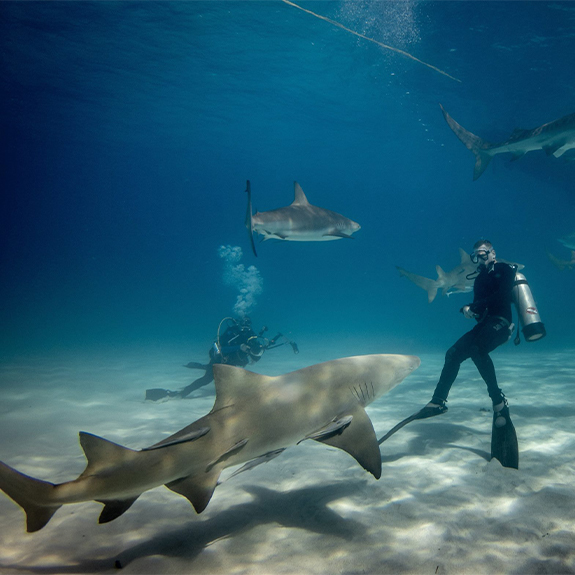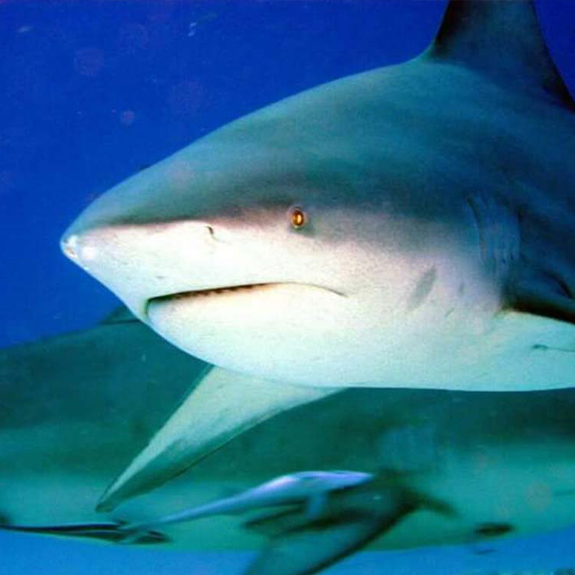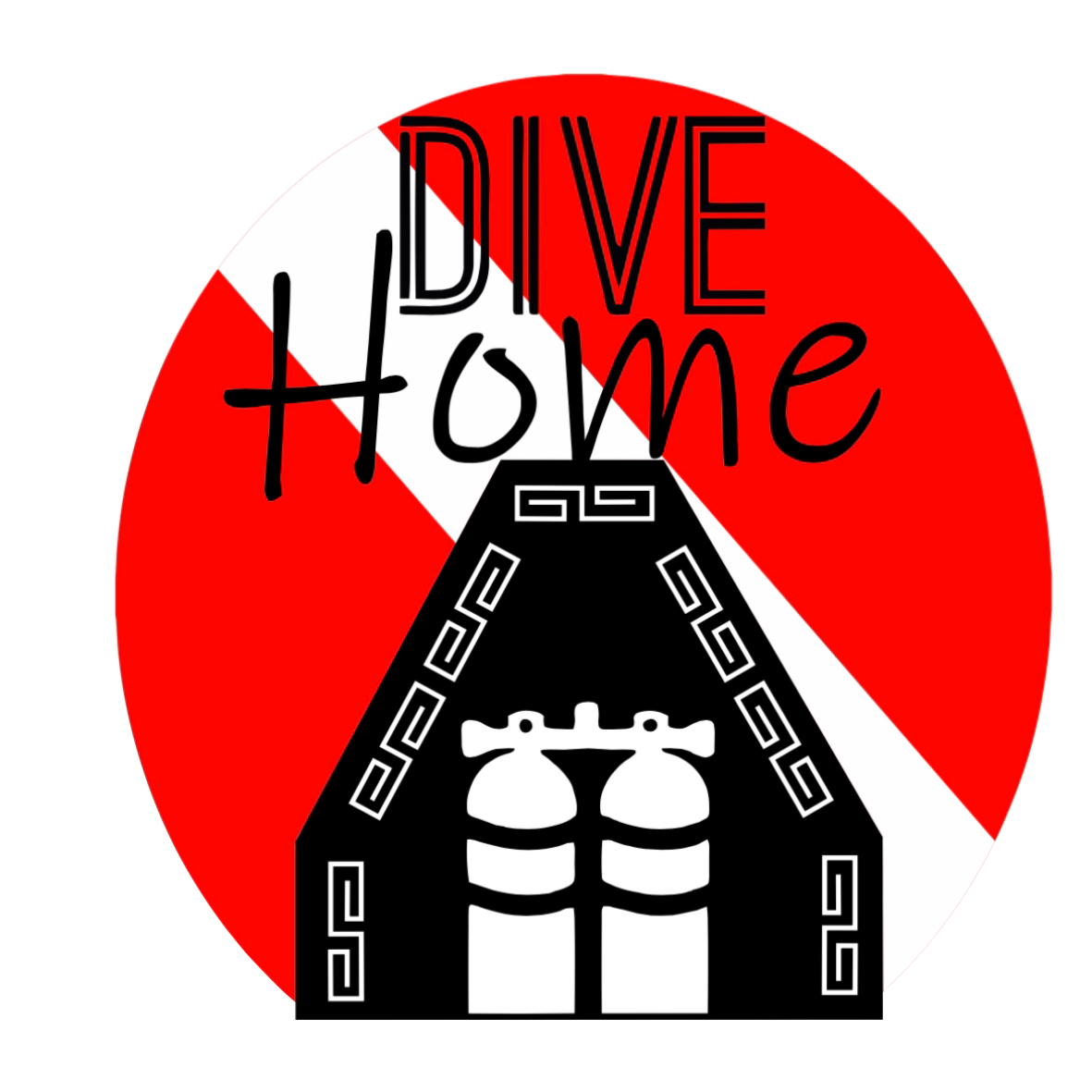DIVING
Get certified as a "Padi open water diver" with us
Where do you want to dive?
Choose where you would like to dive depending on your certificate, skills and desire to visit a new place.
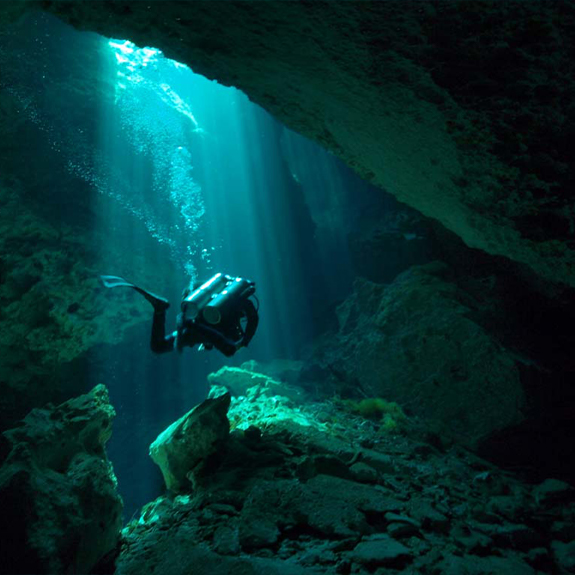
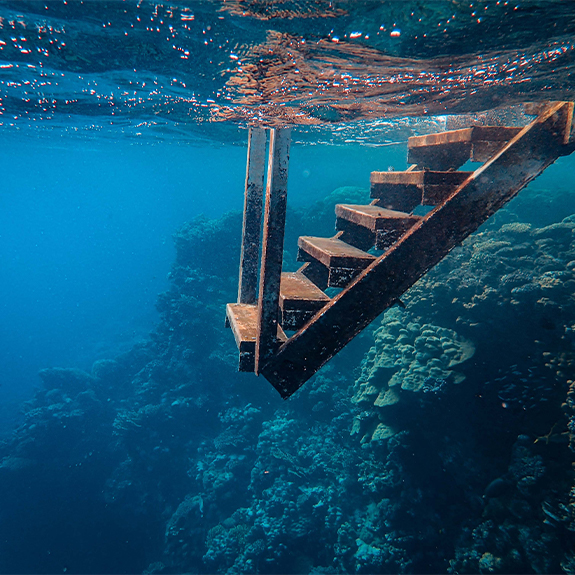
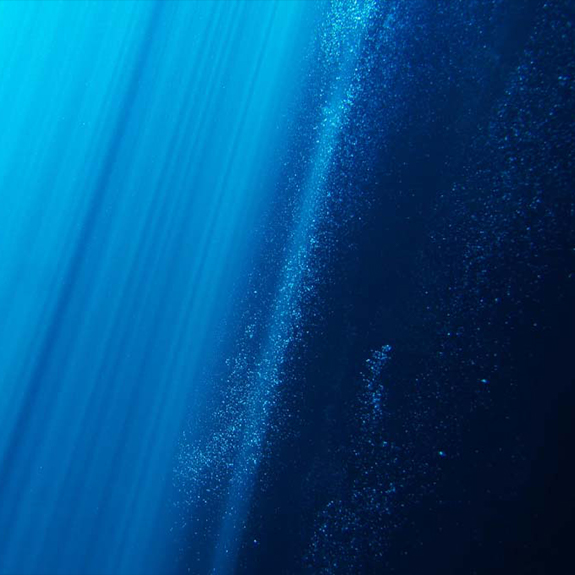

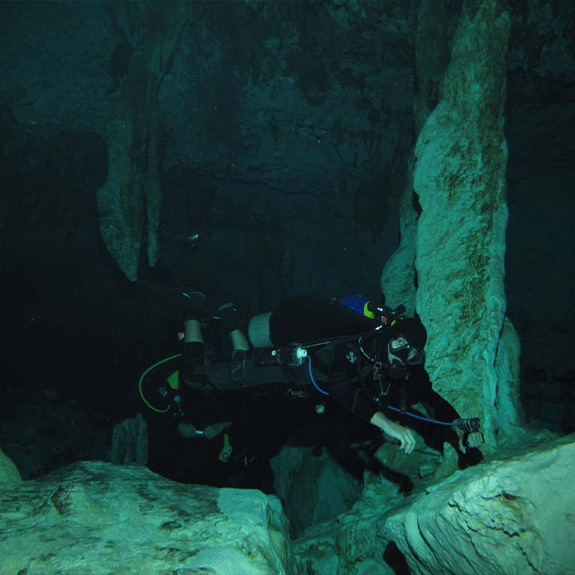
Cenotes
Dive in caverns with crystal clear water and enjoy the spectacle of the light entrances.
- Basic Certificate required
- Maximum 4 people per guide
There are different types of cenotes in terms of their structure, such differences have to do largely with the alterations they have suffered over the years, some of them are Dos Ojos, Chac Mool, Cristalino, Chikin Há, Sac Actún, among others.
PUERTO MORELOS
Protected under international laws and declared a protected natural area in 1998.
- Reefs (Basic Certificate)
- Shipwreck (Advanced Certificate)
- Night Dive (Advanced Certificate)
The protected area includes the Puerto Morelos reef national park, this system is listed as the 2nd largest in the world. About 922 species of flora and fauna have been recorded on these reefs.
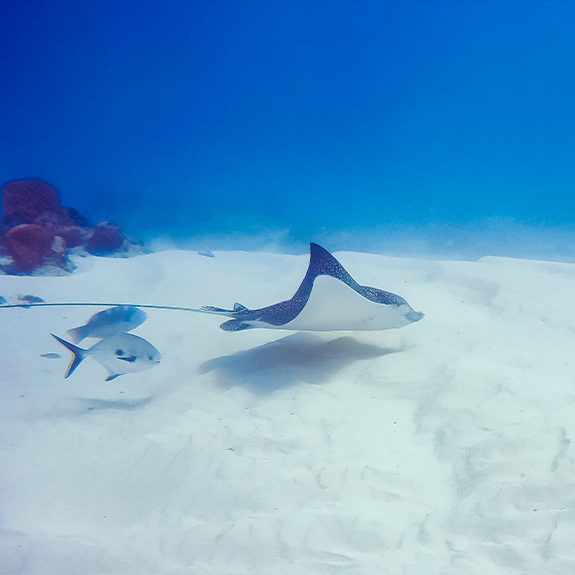
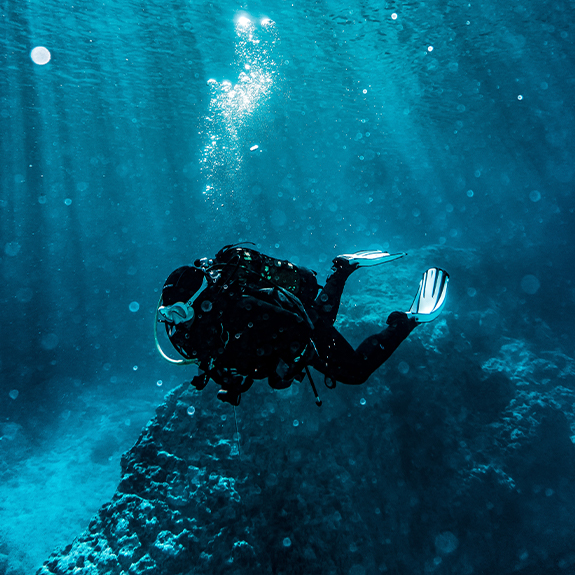
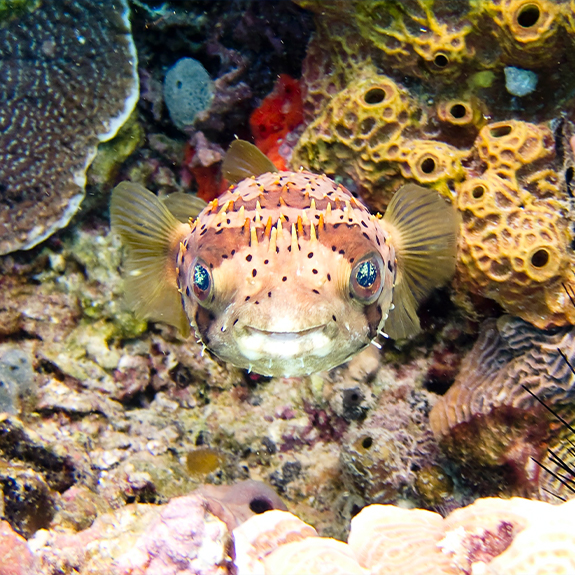
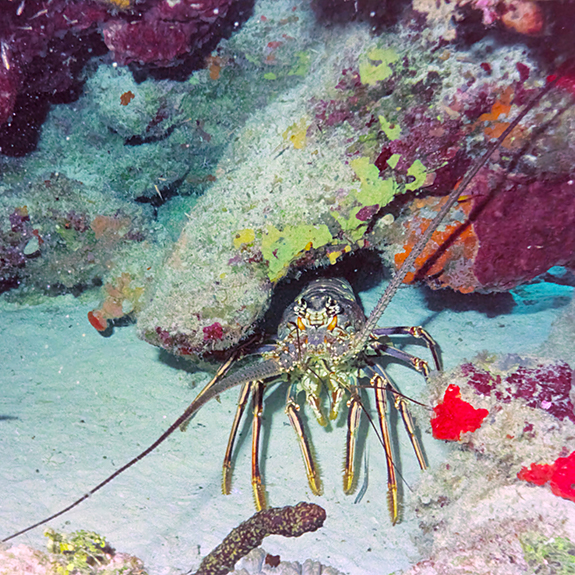
Cozumel
The coral corridor off the coast of Cozumel is part of the second largest barrier reef in the world.
Diving in Cozumel is the oldest tourist destination in the entire area, they preserve incredible coral formations that allow visitors from all over the world to enjoy showing their beauty and richness.
BULL SHARK
Visitors from all over the world come to enjoy a moment with this majestic animal, wrongly labeled as a threat.
- Advanced Certificate
- Deep dive (25 meters)
- Season - November to March
It is a simple dive since it consists of descending, staying still close to the bottom, letting the sharks surround us, and after the show, calmly ascend towards the surface and go directly to the boat.
